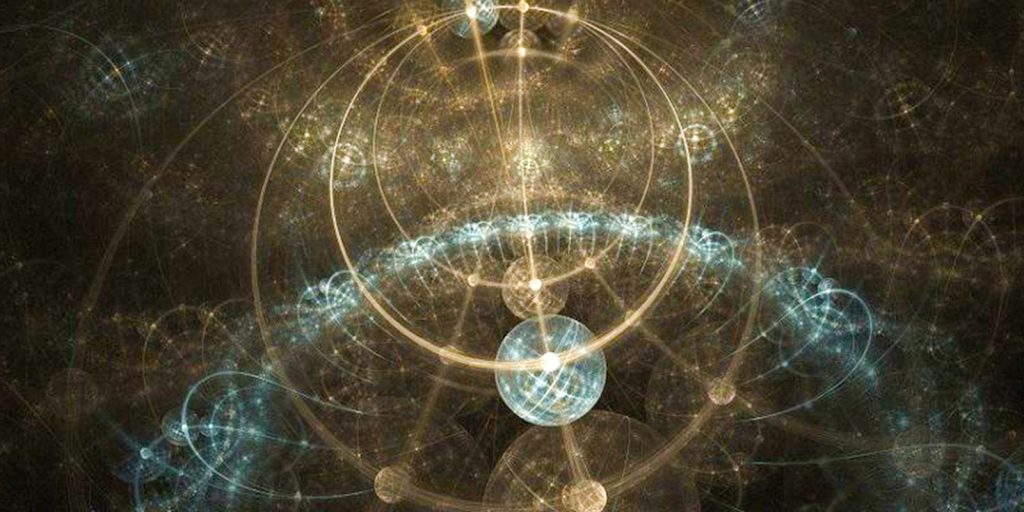
Quantum Computing Information Science Colloquium
Multiphoton quantum networks for
applications in quantum technologies
Vincenzo Tamma
Reader in Physics and Founding Director of the Quantum Science & Technology Hub
University of Portsmouth
11-12:30, Tuesday, April 26, 2022, ITE 325b
Multiphoton quantum interference underpins fundamental tests of quantum mechanics and quantum technologies, including applications in quantum computing, quantum sensing, and secure communication. In this talk, we will focus on the development of quantum networks based on multiphoton interference impacting the security and health of society.
We have shown both theoretically [1] and experimentally [2] how multiphoton interference with states of single or multiple photons enables the characterization of multiphoton networks and states, the generation of multipartite entanglement, and scales-up boson sampling demonstrations of quantum computational speed-up, with potential applications in quantum simulation and secure communication. This is possible even with non-identical photons by harnessing the full multiphoton quantum information stored in the photonic spectra by measurements able to resolve the photonic inner modes, such as frequency and time.
In particular, frequency and time-resolved measurements allow a precision enhancement in the estimation of the time delay or frequency differences between different photons [3]. Applications range from the characterization of two-dimensional nanomaterials to the analysis of biological samples, including DNA and cell membranes [3].
We will also show how multiphoton interference of squeezed photons with homodyne measurements can be used to achieve Heisenberg limited precision in the estimation of a single unknown parameter or a function of unknown parameters distributed in an arbitrary linear network without the need of adaptive networks or any restrictions in the value of the parameters [4]. Furthermore, we will describe the robustness to losses in the Heisenberg limited estimation of a linear superposition of unknown phases by using a single squeezed vacuum source and an anti-squeezing operation at a single interferometer output [5]. This work can impact the development of new sensors for the estimation of both local and distributed parameters, including temperature, electromagnetic and gravitational fields.